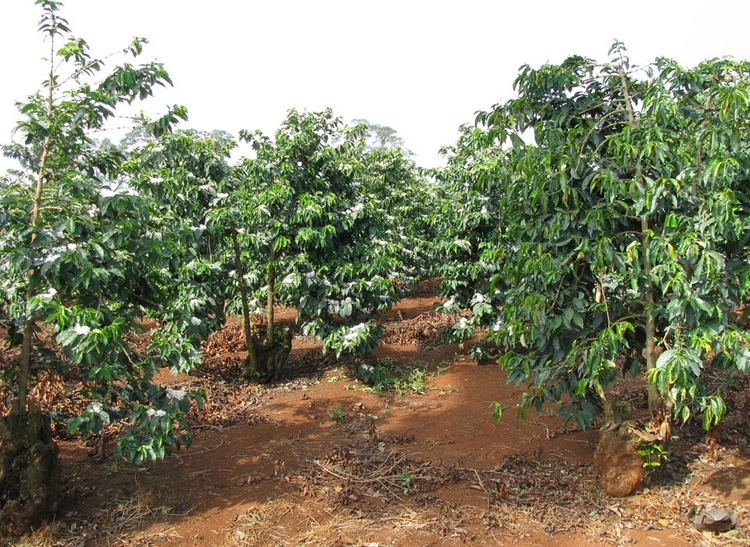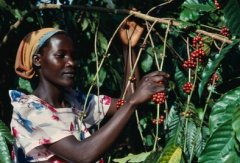Specialty coffee is essentially fair trade, not futures.

Coffee is essentially a fair trade, not as a futures. For example, in May 2006, the coffee from the Manor La Esmelada Geisha set $50.25 per pound in Panama to be recorded at an online auction (the award-winning coffee retails for more than $100 a pound). But Panama is only a coffee-growing country. Industry "rules of the game" have also been established not only in third World countries but also in developed countries such as Australia and the United States (Hawaii).
Coffee beans
Many people imagine that coffee trees grow in large plantations similar to vineyards, where coffee is often used to make instant coffee, but professional coffee is often grown by indigenous people of the land on small farms. Compared with the planting characteristics of the plantation, these are the biodiversity of small farms. Farmers cultivate and self-sufficient land, they have to feed their families and their livestock, as well as grow coffee and other products, the coffee they grow is for sale.
This method is very beneficial to the quality of coffee and the sustainability of the land. Biodiversity on small farms attracts natural enemies to eat pests, so there is no need for chemicals. The soil is rich in nutrients because different plant species need different nutrients. Therefore, although most of the plants they grow do not need to be tested, their products are organic, so they are better for the human body.
Therefore, when you buy specialty coffee, you get organic, green, healthy products, you get delicious coffee is a moral voice.
Important Notice :
前街咖啡 FrontStreet Coffee has moved to new addredd:
FrontStreet Coffee Address: 315,Donghua East Road,GuangZhou
Tel:020 38364473
- Prev

From coffee beans to a cup of coffee
The process from coffee beans to a cup of coffee Coffee is a plant. But before it can be drunk, it must go through several stages and travel thousands of miles. Harvesting coffee beans Red coffee cherries from the coffee bush. Each coffee berry usually contains two types of coffee beans. The exception is male beans, where only one bean is produced. The flavor of beans is produced by the bush growing ring of coffee trees there
- Next

Coffee plants originated from the forests of the Ethiopian plateau
Coffee plants originated from the forests of the Ethiopian plateau. It is believed that the first coffee plant appeared in undeveloped human areas (places similar to the pronunciation of caffee), where coffee got its name. A popular legend tells the story of a shepherd named Kaldi. One day, he found that his goats were very excited. They were energetic and mischievously chasing each other.
Related
- Detailed explanation of Jadeite planting Land in Panamanian Jadeite Manor introduction to the grading system of Jadeite competitive bidding, Red bid, Green bid and Rose Summer
- Story of Coffee planting in Brenka region of Costa Rica Stonehenge Manor anaerobic heavy honey treatment of flavor mouth
- What's on the barrel of Blue Mountain Coffee beans?
- Can American coffee also pull flowers? How to use hot American style to pull out a good-looking pattern?
- Can you make a cold extract with coffee beans? What is the right proportion for cold-extracted coffee formula?
- Indonesian PWN Gold Mandrine Coffee Origin Features Flavor How to Chong? Mandolin coffee is American.
- A brief introduction to the flavor characteristics of Brazilian yellow bourbon coffee beans
- What is the effect of different water quality on the flavor of cold-extracted coffee? What kind of water is best for brewing coffee?
- Why do you think of Rose Summer whenever you mention Panamanian coffee?
- Introduction to the characteristics of authentic blue mountain coffee bean producing areas? What is the CIB Coffee Authority in Jamaica?

